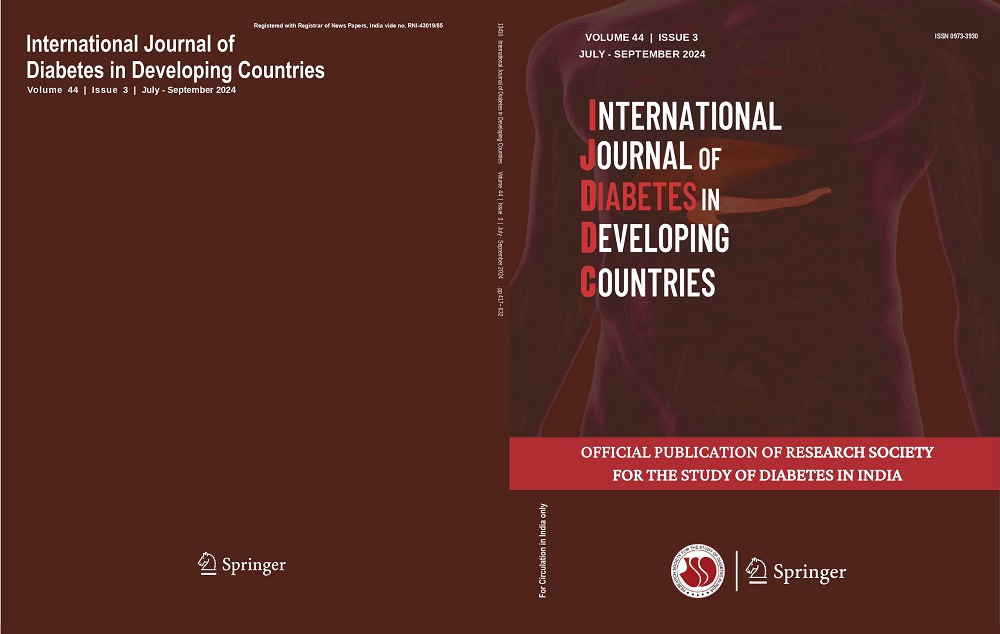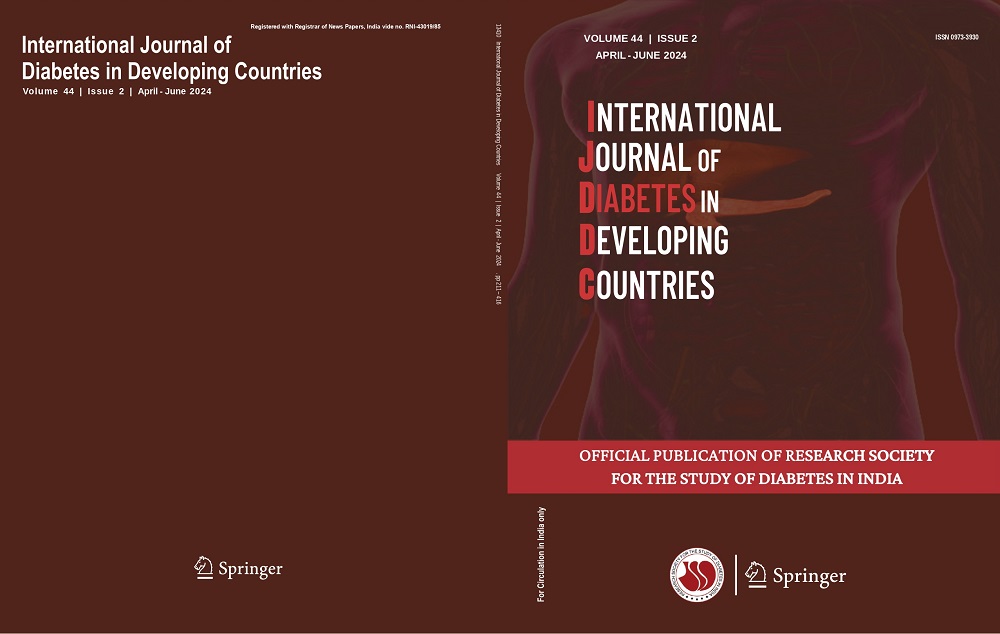Hai Guo, Dilihumaier Duolikun, Qiaoling Yao
Keywords
Basal metabolic rate (BMR) • Insulin resistance (IR) • Obesity • Type 2 diabetes (T2DM) • National Health and Nutrition Examination Survey (NHANES)
Abstract
Objective Skeletal muscle and adipocytes do not respond properly to normal levels of circulating insulin, representing the pathological condition known as insulin resistance (IR). This study aimed to evaluate the basal metabolic rate (BMR) in obese, non-diabetic adults and assess its potential relationship with laboratory indicators of IR.
Methods This cross-sectional retrospective study used data from the NHANES database 2011-2018. Obese (BMI ≥ 30 kg/m 2 ) adults aged 20 to 59 years without diabetes were eligible for inclusion. BMR was measured using the Mifflin-St Jeor equation. To calculate indicators of IR, NHANES laboratory values included fasting plasma glucose, fasting plasma insulin, and HbA1c. Univariate and multivariate logistic regression were performed to determine the associations between the study variables and prevalent BMR and IR.
Results A total of 1710 participants who met inclusion criteria were selected from the 2011–2018 NHANES database. Univariate analysis reveals significant associations between higher BMR and elevated fasting glucose, fasting insulin, and HOMA-IR (β = 0.006, 0.013, 0.004; p < 0.001, respectively). Multivariable analyses showed that BMR was significantly associated with fasting glucose, fasting insulin, and HOMA-IR (β = 0.006, 0.020, 0.005, respectively) but not to HbA1c.
Conclusions BMR is significantly associated with IR indicators in obese, non-diabetic US adults. These findings suggest that modifying BMR may help prevent IR deterioration in healthy obese populations. Future longitudinal studies are needed to confirm these findings and clarify the related physiological mechanisms.




